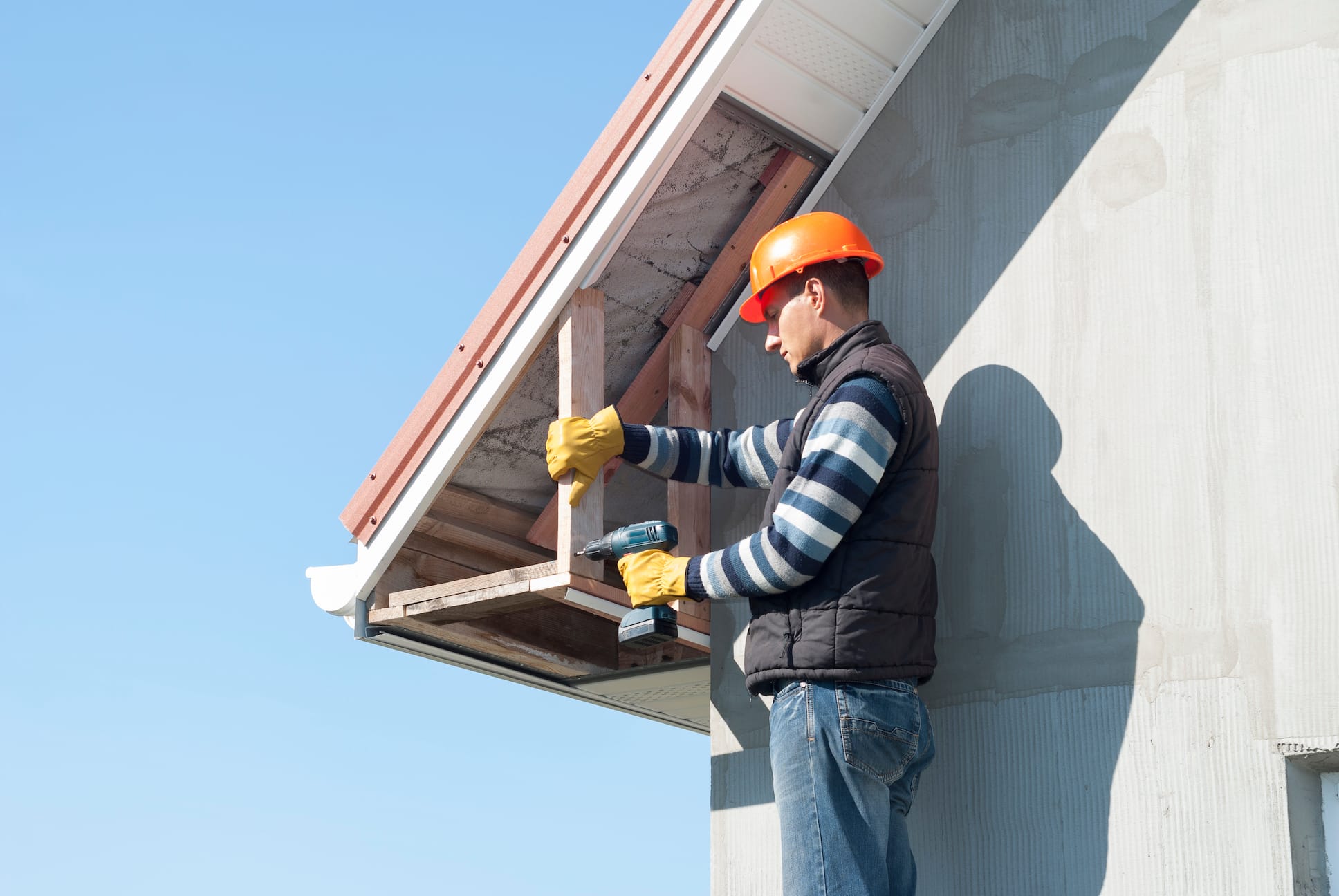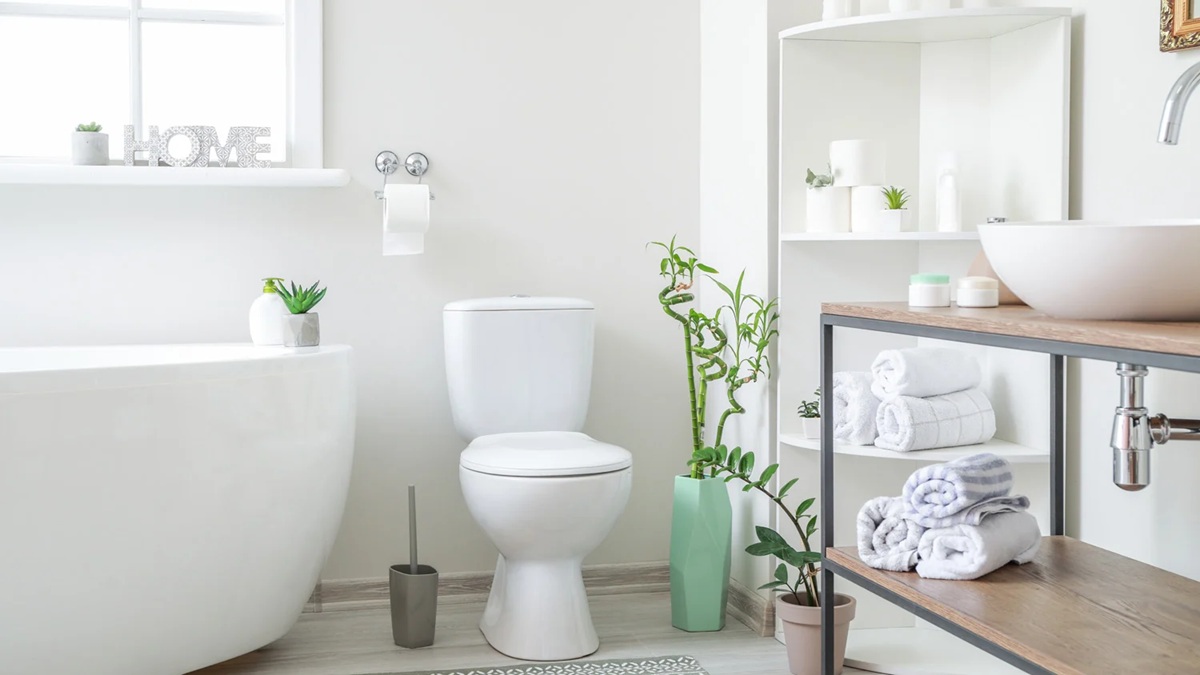Fascia is just one other roof area that can sustain damage and require repairs. Fascia boards are straight, long boards that run along a roof’s lower edge. They act as a barrier or layer between a roof’s edge and therefore the exterior of a home. They are considered a finished yet protective edge to hinder damage from moisture and therefore the elements. Fascia boards are positioned and are connected to the areas where gutters, trusses, and rafters are attached to a roof. They act as a support for the lower fringe of a roof and are directly under the shingles or other building material. The repair roof fascias provide an ideal solution to all the client’s requirements that allows us to target the key areas of your building that need work, with a focused building repair project tailored exactly to your needs for a bespoke, protected façade finish.
Finished Appearance
In addition to serving a protective function, fascia provides a clean, finished, and smooth appearance to the edge of the roof while, at the same time, protecting it and the interior of a home from the damaging effects of moisture. The boards are stationed around the edges of a roof and are placed there as a support for the gutter system of a home. Again, they’re meant to guard against any water damage from storms and other weather. Most roofs today contain fascia board, but homes within the past usually lacked this element.
Fascia Damage
As the roof ages and weathers, so do fascia boards. They can be subject to both wet or dry rot, or deterioration from moisture and sun exposure. Animal pests like squirrels can chew and gnaw away on fascia boards and may compound any existing wear and damage. The constant cycle of hot and cold exposure, alongside moisture accumulation in any form, can damage fascia.
Fascia Board Replacement
Replacing fascia boards involves removing old fascia board pieces and fitting in new ones in their place. Fascia boards are constructed from one-inch boards that are either 1×6 or 1×8 in breadth and may be smooth or rough-sawn lumber. These are the common sizes of boards utilized in roof construction.
Wood to Use
It’s, of course, always advantageous to use the simplest boards from wood species like cedar and redwood as they both resist moisture and decay , and that they don’t need to be painted to protect them. If the replacement boards are chosen from wood that’s naturally decay-resistant, the probabilities of the boards outlasting other natural materials are getting to be considerably greater. Fir, spruce, and pine are less costly than cedar and redwood, but they do require a primer and paint to be effective. Any seams do need to be sealed and if the paint is used, you want it to match or coordinate color choices with your home.
Repairing fascia & Soffits board damage depends on several factors that include the actual construction process and the materials used. If you have questions about repair procedures or need an assessment of fascia repair, complete the online contact form and a representative will get back to you with the answers you would like to form an informed decision.





